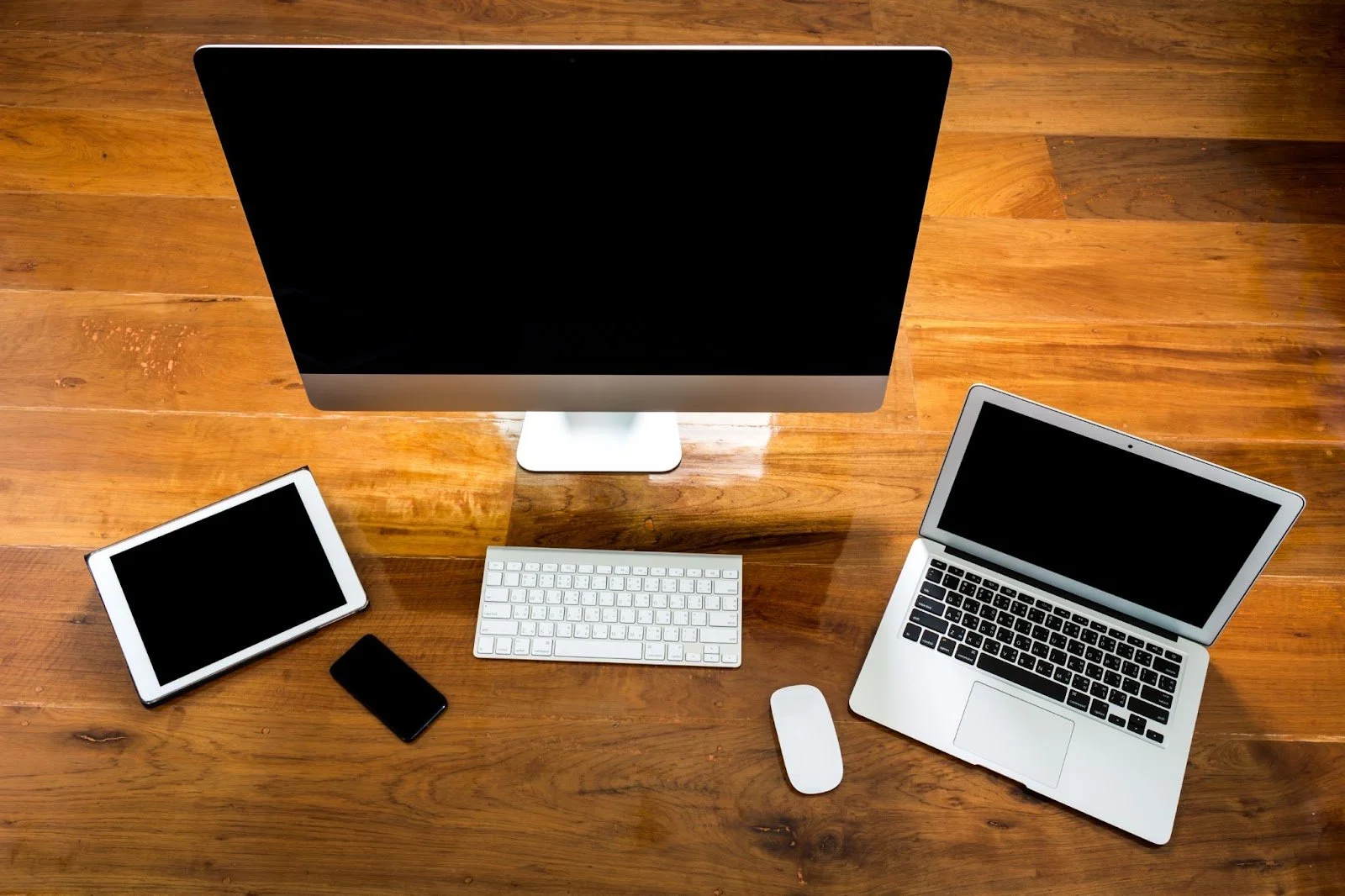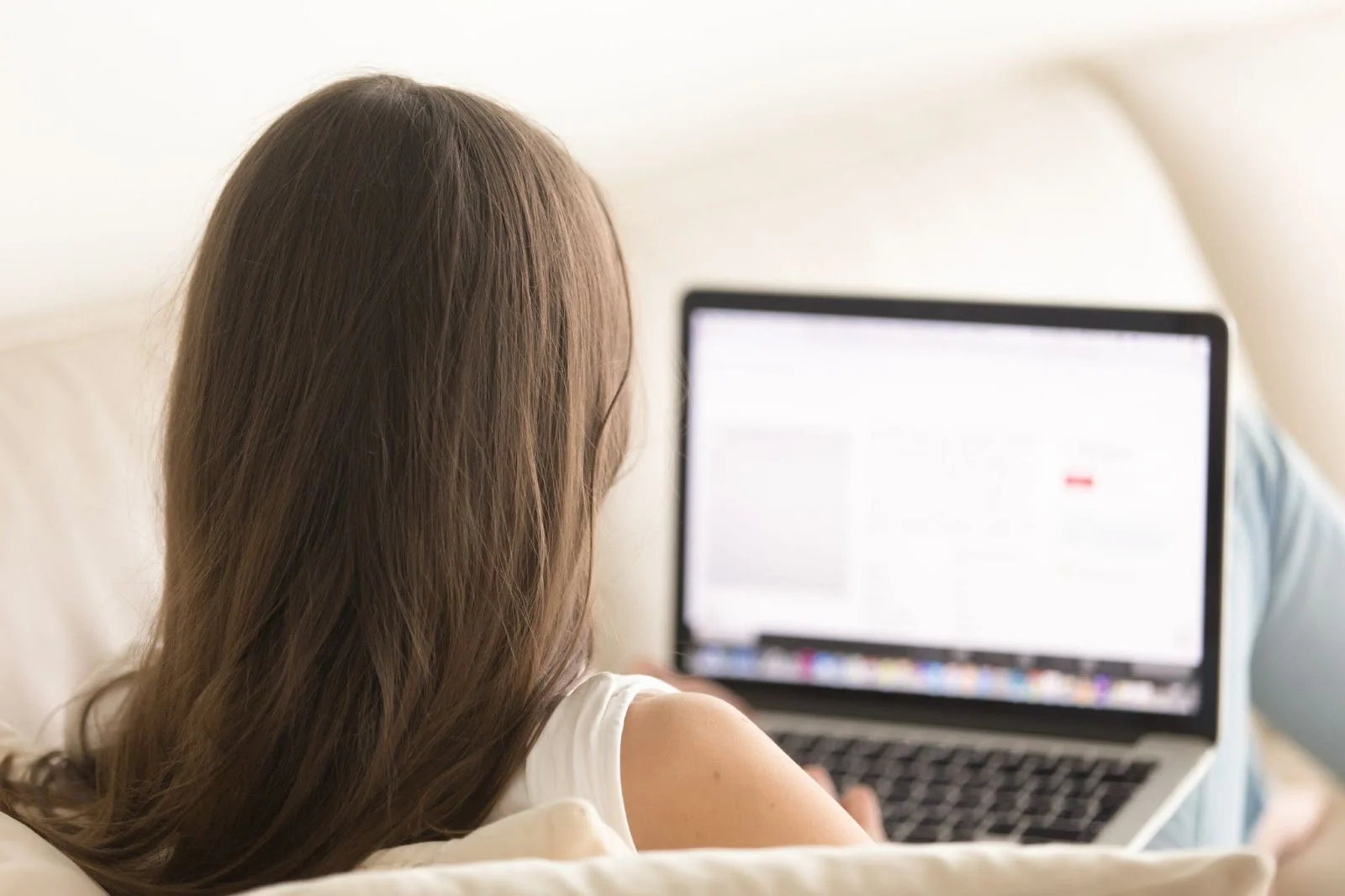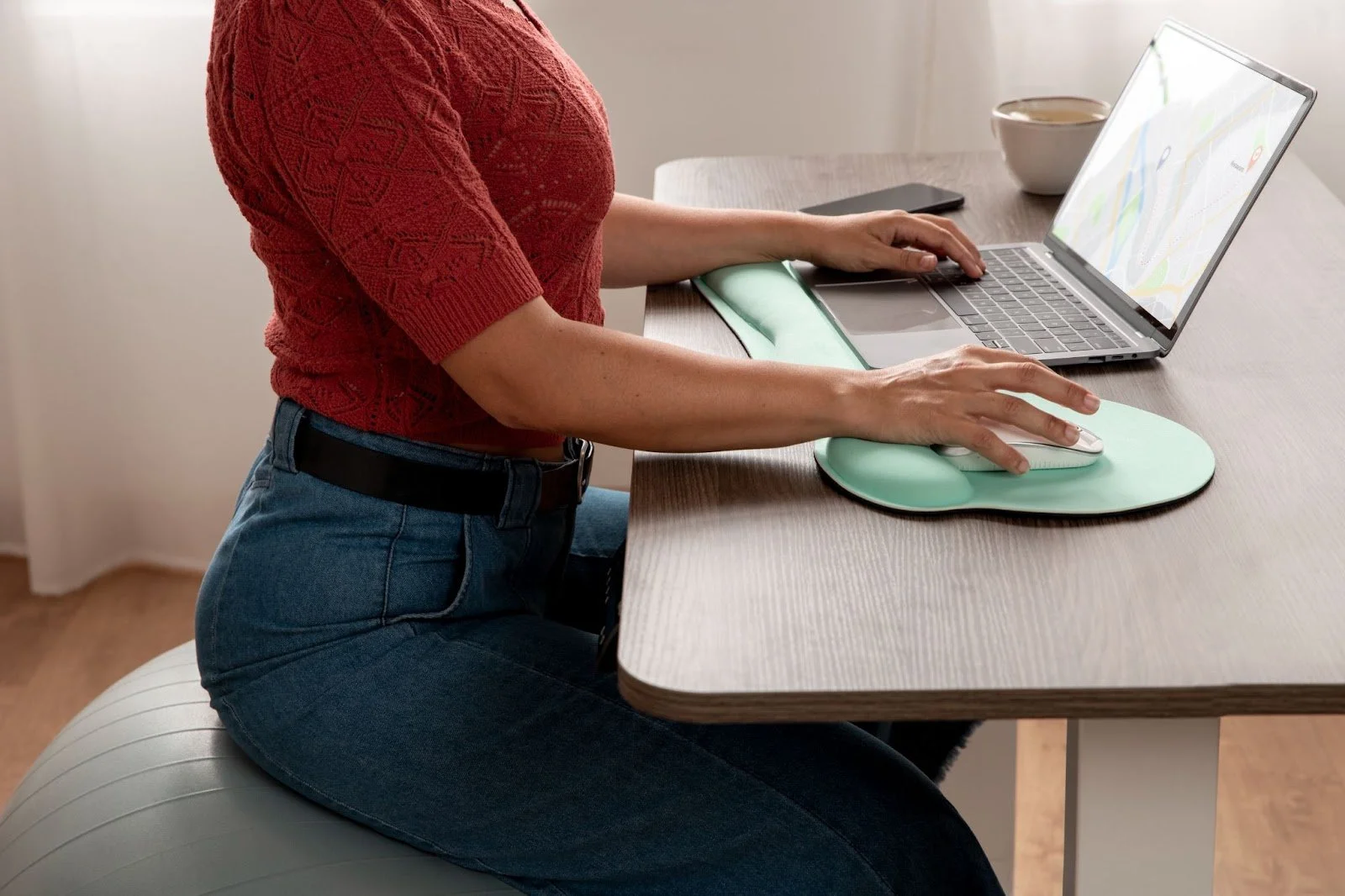Which Digital Devices Cause the Most Eye Strain — Phones, Tablets, Laptops or TVs?
Digital Eye Strain: How Different Devices Affect Your Vision
Digital eye strain, also known as computer vision syndrome, has become a common complaint across all age groups. Whether you're working from a laptop, streaming on a tablet, or scrolling on your phone, prolonged screen use puts noticeable pressure on your eyes.
This article examines the impact of different devices — phones, tablets, laptops, and TVs — on eye comfort. With evidence from clinical studies and behavioural data, it breaks down how screen size, viewing habits, brightness, and posture contribute to visual fatigue. If you regularly experience dryness, blurry vision, or headaches after screen use, it’s time to understand which devices might be contributing the most — and how to reduce their impact.
If you're already experiencing symptoms, digital eye strain relief options are available through optometry-led clinics like ours here at Eye Concepts, with tailored support for screen-related discomfort.
What Is Digital Eye Strain?
Digital eye strain refers to a group of visual symptoms that occur after prolonged use of screens. The most common signs include:
Blurred or double vision
Headaches
Difficulty focusing
Sensitivity to light
Neck and shoulder tension
These symptoms typically emerge after two or more hours of continuous screen time. The problem is more than just tired eyes — it relates to how the eyes focus, blink and adjust to artificial light sources.
During screen use, your blink rate drops by nearly half. This allows your eyes to dry out, as the tear film that protects the eye surface evaporates more quickly. In addition, small font sizes and poor contrast strain your focusing muscles. Over time, these pressures build up, especially with repeated daily exposure.
According to Optometry Australia, digital eye strain affects both adults and children, with growing concerns over screen exposure in education, remote work, and leisure activities.
Key Factors That Influence Eye Strain from Screens
Not all devices are equal in how they affect the eyes. The following sections examine the physical and behavioural factors that lead to screen-related discomfort.
Screen Size and Viewing Distance
Smaller screens — such as smartphones — typically force users to view content at much closer distances. This requires the eyes to converge (turn inward) and accommodate (focus) more intensely, placing greater demand on the eye muscles.
| Device | Typical Viewing Distance |
|---|---|
| Smartphone | 12–18 inches |
| Tablet | 16–24 inches |
| Laptop | 20–26 inches |
| TV | 5–10 feet |
This matters because closer viewing distances intensify muscular effort, particularly for reading. Phones used at arm’s length for long periods are among the most physically taxing devices on the eyes.
Screen Brightness and Ambient Lighting
Devices set to high brightness levels — especially in dark rooms — create an imbalance between screen light and surrounding lighting. This sharp contrast forces the pupils to work harder, increasing fatigue.
Phones and tablets, often used at night or in bed, are more likely to be operated in low ambient light, creating strain from blue light exposure and glare.
TVs, while usually viewed in living rooms or communal areas, can also cause discomfort when watched in completely dark spaces with high screen contrast.
Blink Rate and Focus Time
Under natural conditions, humans blink around 15–20 times per minute. During screen use, this can drop to 6–8 blinks per minute. That decrease leads to faster evaporation of tears, triggering a dry, gritty sensation in the eyes.
Blink reduction is more significant with smaller devices, such as phones, where text and visuals demand higher concentration. Users are more absorbed and less likely to blink subconsciously.
Posture and Ergonomics
Each device influences body posture and eye alignment differently:
Phones: often used with the neck bent forward, creating neck and upper back strain
Tablets: typically handheld below eye level, leading to downward gaze and shoulder tension
Laptops: used on desks but rarely aligned with proper screen height, leading to prolonged forward head posture
TVs: generally placed at or near eye level, allowing for a more relaxed head and neck position
Poor ergonomics not only cause physical discomfort but can also exacerbate visual strain, especially when eye level and screen level don’t match.
Comparing Eye Strain Across Devices
Based on the above factors, we can assess how each type of screen contributes to visual fatigue.
Smartphones
Smartphones are the leading cause of digital eye strain for most users. Reasons include:
Short viewing distance
Small font size and high pixel density
Increased brightness relative to room light
Frequent, high-duration use (messaging, apps, browsing)
A 2022 behavioural study showed that the average Australian adult spends over 3.5 hours per day on their phone—extended viewing in a downward gaze with minimal blinking compounds the issue.
Tablets
While larger than phones, tablets share several problematic characteristics:
Often used hand-held
Encourage poor posture when reading
Frequently used for text-heavy tasks (e-books, PDFs, reports)
Sometimes shared among children, increasing exposure from a young age
Under similar lighting and usage conditions, tablets can cause more strain than laptops, especially when reading at close distances.
Laptops
Laptops present a moderate risk for digital eye strain. They’re typically used for extended periods in work or study settings, which introduces two main concerns:
Prolonged screen exposure: tasks such as document editing, video conferencing and browsing often last hours at a time
Improper setups: screens are frequently too low or too close, especially when used on laps or desks without stands
While the screen size is generally more comfortable than phones or tablets, poor posture and long-term usage increase strain. Many users don’t adjust brightness based on surrounding light, adding to the discomfort.
Mitigation tip: Using an external monitor and keyboard can significantly improve screen height and posture.
Televisions
TVs are least likely to cause eye strain when used in suitable conditions. That’s due to:
Longer viewing distances
Larger font sizes and visuals
Passive viewing habits (e.g., watching, not working)
That said, TVs still pose risks when viewed in dark rooms with high contrast, or when binge-watching for extended periods. Children sitting too close to the screen may also experience eye fatigue over time.
Key note: TV use becomes more problematic when treated like a multitasking device (e.g., watching while texting), as this reduces blink rate and forces visual switching between screens.
Mitigating Eye Strain: Best Practices for Each Device
Reducing eye discomfort is about more than screen time limits. Here’s how to improve comfort depending on the device you use.
For Phone Users
Increase text size to reduce squinting
Use blue light filters or night shift modes
Adjust the screen brightness to match the room
Avoid using phones in bed or in complete darkness
Take breaks every 20 minutes using the 20-20-20 rule: every 20 minutes, look at something 20 feet away for 20 seconds
For Tablet and Laptop Users
Use a stand to elevate the screen to eye level
Maintain an arm’s length distance from the screen
Ensure lighting in the room is sufficient and even
Blink more intentionally and take short breaks
Consider using artificial tear drops if you experience dryness
For TV Viewers
Avoid watching in total darkness — keep a lamp on nearby
Sit at a comfortable distance (at least five feet away)
Adjust contrast and brightness to suit the room’s lighting
Avoid watching for more than 2 hours without moving around
Don’t combine TV time with mobile phone use for extended periods
When to Seek Professional Help
Not all screen-related eye symptoms will resolve with breaks and adjustments to settings. It's important to speak with an optometrist if you experience:
Persistent blurred vision
Eye redness or pain
Constant dryness or watering
Headaches that follow screen time
Difficulty focusing at various distances
Clinics across Australia, such as Eye Concepts, provide digital eye strain assessments tailored to device usage habits. They can recommend blue-light filtering lenses, eye drops, and even adjustments to your workstation.
Early intervention helps prevent more serious visual fatigue or longer-term changes in focus ability.
Summary Table: Device vs. Eye Strain Impact
A quick comparison across the most common devices:
| Device | Strain Level | Viewing Distance | Blink Rate Impact | Posture Risk | Mitigation Options |
|---|---|---|---|---|---|
| Smartphone | High | 12–18 inches | Significant drop | Poor | Font size, breaks, filters |
| Tablet | Moderate–High | 16–24 inches | Moderate drop | Moderate | Stand, lighting adjustments |
| Laptop | Moderate | 20–26 inches | Moderate | High | Ergonomic setup, external tools |
| TV | Low | 5+ feet | Minimal | Low | Ambient light, viewing breaks |
Final Thoughts
Digital eye strain is a growing concern, especially as work, school and leisure time increasingly revolve around screens. While phones and tablets tend to cause the most discomfort due to close viewing and frequent usage, laptops and TVs still contribute to fatigue when not used properly.
Understanding how screen size, viewing distance, blink rate, and posturimpactce your eye healtenablesws you to makmore informeder choices with your devices. With small adjustments and regular eye care, most digital eye strain can be prevented or reduced.
If you're experiencing symptoms of screen-related eye fatigue, consider booking a consultation with a qualified optometrist. For more tips and support, explore digital eye strain relief options here.



